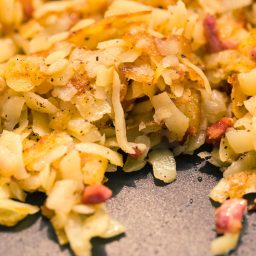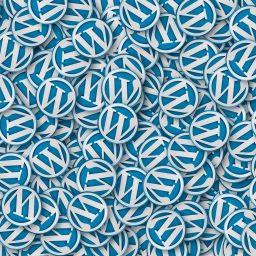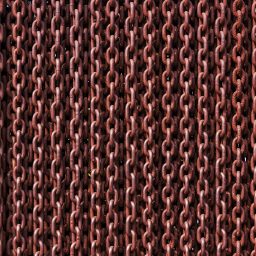The Best Golang Task Runner
Okay, I’m biased — it’s my task runner — but hear me out. This post will start by discussing what a task runner actually is and exploring how it works by building a very basic version of one in Go code. Then we’ll look at some example tasks that can be completed with the help […]






